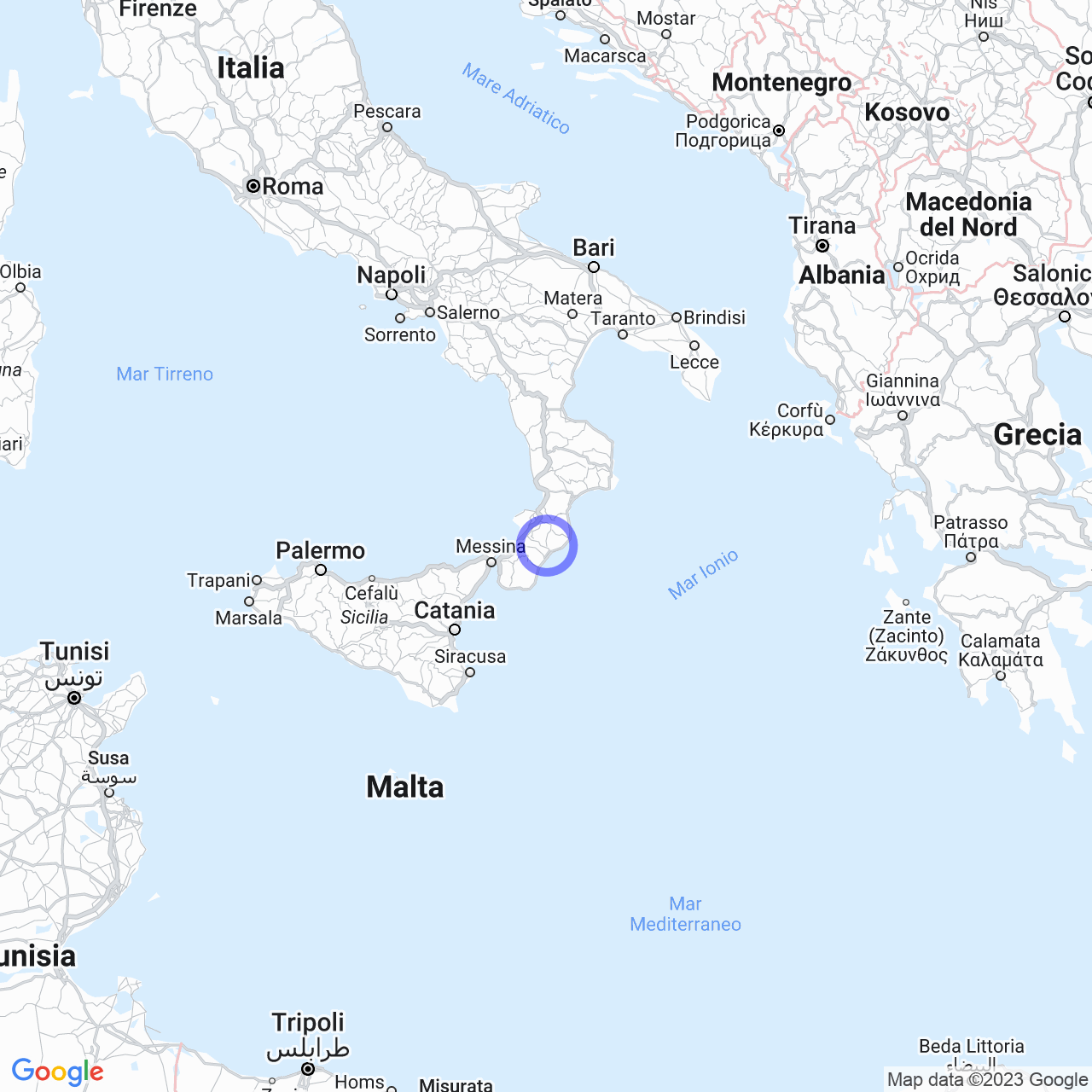Grotteria
Welcome to Grotteria, an ancient and fascinating town
If you are looking for an authentic and characteristic town in Calabria, you cannot miss a visit to Grotteria. Located in the Torbido Valley in the province of Reggio Calabria, Grotteria is one of the largest towns in the Jonic area of the region, with a population of about 2850 inhabitants. In this article, I will talk about the history, territory, and origins of the name of Grotteria.
The physical geography of Grotteria
Grotteria is a town in Locride, an area near the Ionian Sea. The town can be found near Reggio Calabria and borders other municipalities such as Caulonia and San Luca. This area is rich in vegetation, and on the surrounding Apennines, you can find peaks overlooking the sea, such as Monte Stella.

The origins of the name of Grotteria
The origins of the name of Grotteria are not well-defined, but the most popular story tells that the town was called "Eruma Atenaies" in honor of the Greek sea that founded it and dedicated a temple to the goddess Minerva. The name was later modified and taken over by the Locrians, who called it "Athenaeon" due to the presence of buildings where sciences and arts were taught. When the Roman Emperor Augustus conquered Calabria, the city was renamed "Crypta-Aurea" because of the presence of a mine rich in minerals such as gold and silver.
The history of Grotteria
The history of Grotteria is important and fascinating. The city was founded during antiquity by the Greeks, who built a temple for the goddess Minerva, deity of art and wisdom. After the feuds and wars, Grotteria was occupied by the Saracens, who built a citadel located at high altitude to protect themselves from attacks by sea. After the Byzantine rule, the town suffered the impact of the Normans, who incorporated it into the county of Ruggiero d'Altavilla.
With the arrival of the Swabians, Grotteria experienced a new period of flourishing and importance, becoming the guide of a vast county with 32 hamlets under its jurisdiction. However, two earthquakes, the first in 1160 and the second in 1184, represented a hard blow to the town, causing many material damages and many victims.
Later, Grotteria went through many feudal dynasties such as the Piscicelli, Caracciolo, De Luna, D'Aragona de Ayerbe, and Carafa, who held power until 1806. In a significant historical turn, Giuseppe Bonaparte, brother of Napoleon, became the king of Naples.
The artistic and cultural heritage of Grotteria
For art lovers, Grotteria offers many attractions to visit. The historic center, for example, preserves traces of the past, from churches to convents, to historic buildings, and towers. The Mother Church, dedicated to Santa Maria della Sanità, is one of the most important religious buildings, along with the churches of San Rocco, San Giovanni Evangelista, and San Pietro. The Norman tower, with its two-faced clock, is one of the symbols of the city.
The gastronomy of Grotteria
The gastronomy of Grotteria is a combination of flavors and aromas that recall the colors of the sea and the mountain. Among the local specialties, fresh pasta with sauce, homemade bread, legume soups, and fish dishes deserve special mention. The red and white wines are good, and among the desserts, there are fig cookies, migliaccio, and bebici, made with honey and wine.
Conclusions
Grotteria is a town full of charm and history, from ancient Greek temples to feudal past and modern culinary tradition. Let yourself be enchanted by the colors and flavors of this Calabrian town and discover an authentic and fascinating Calabria.
